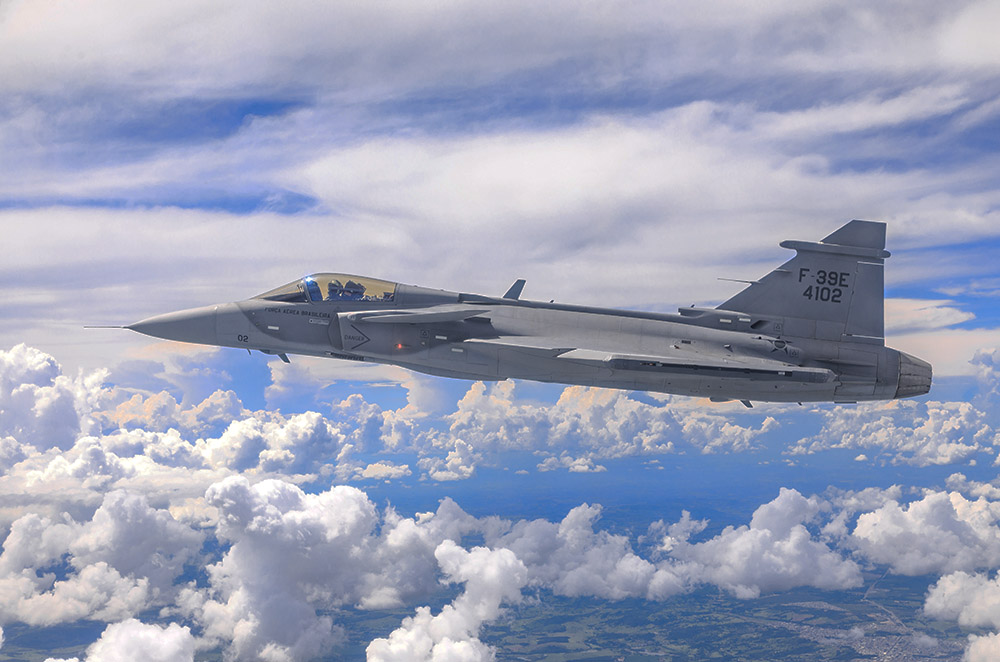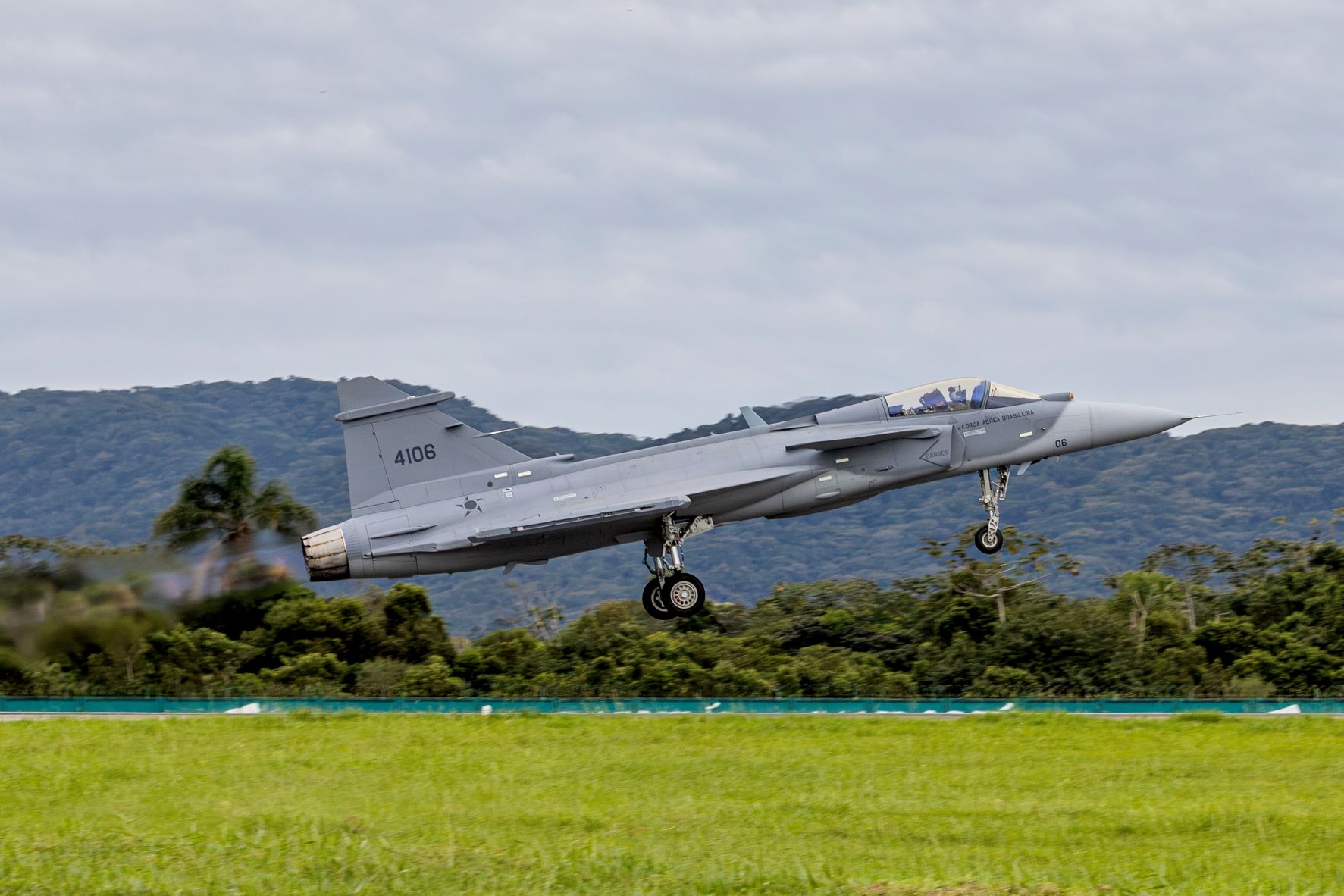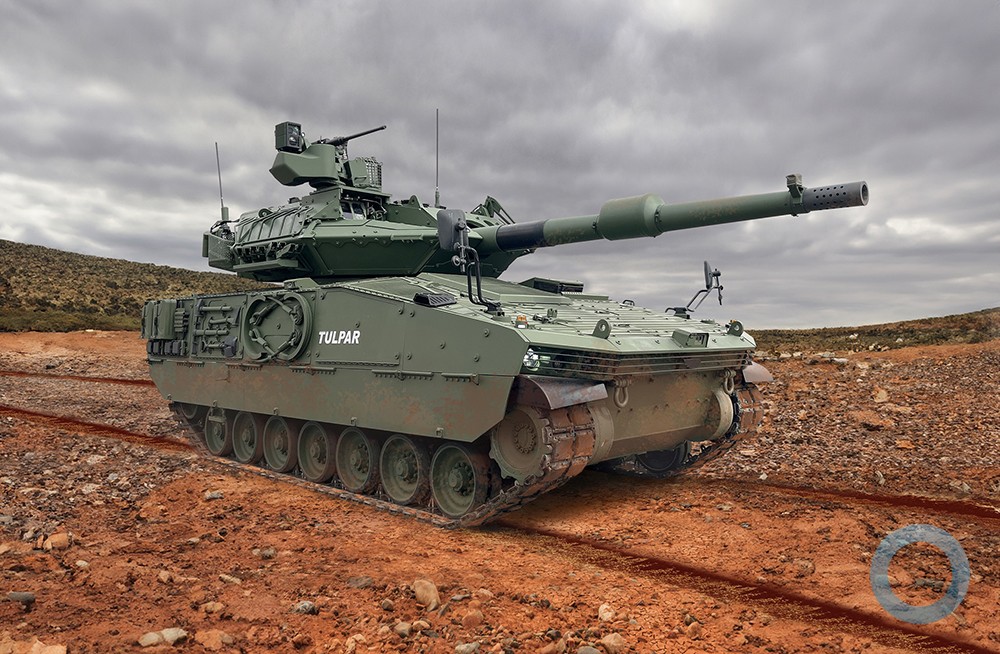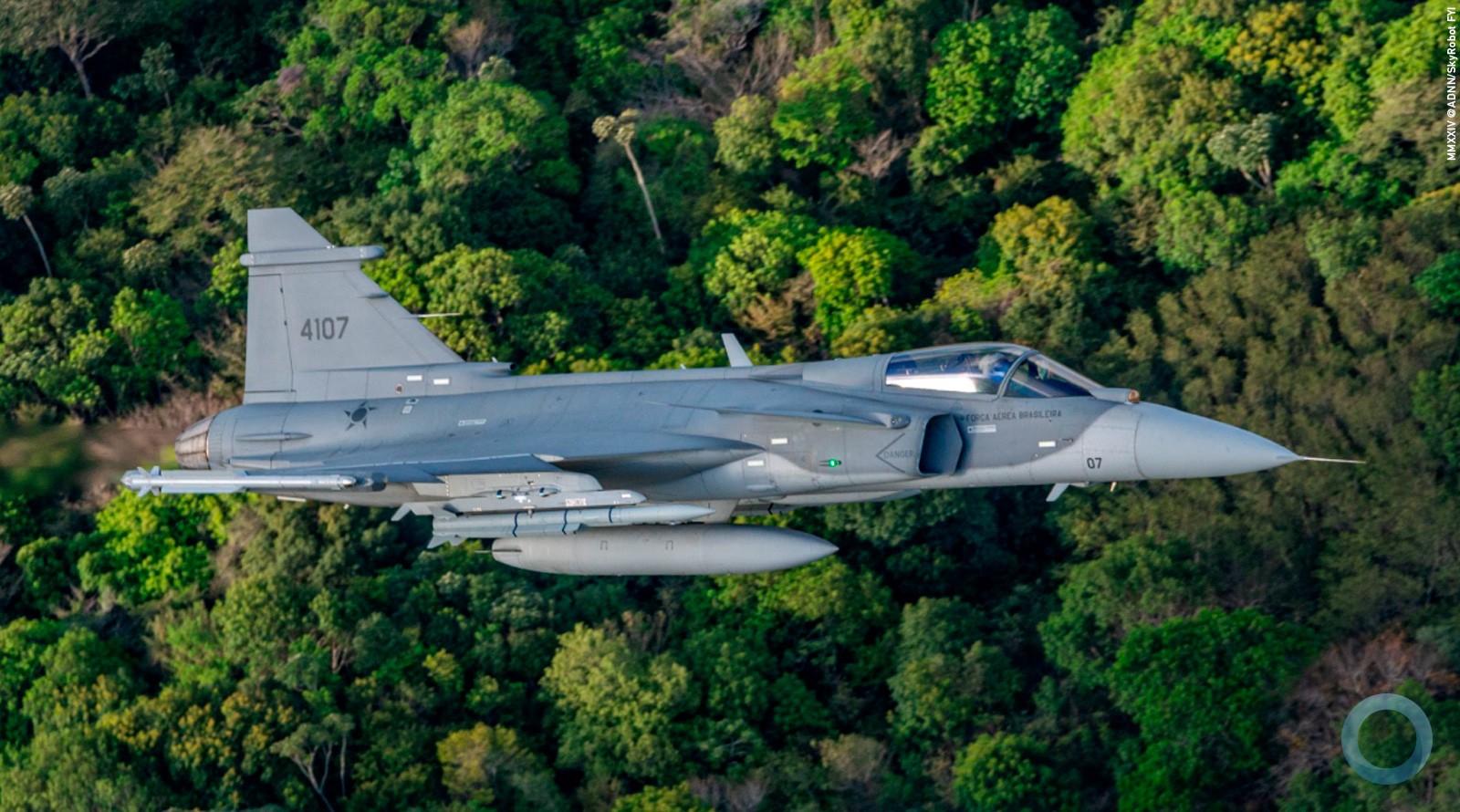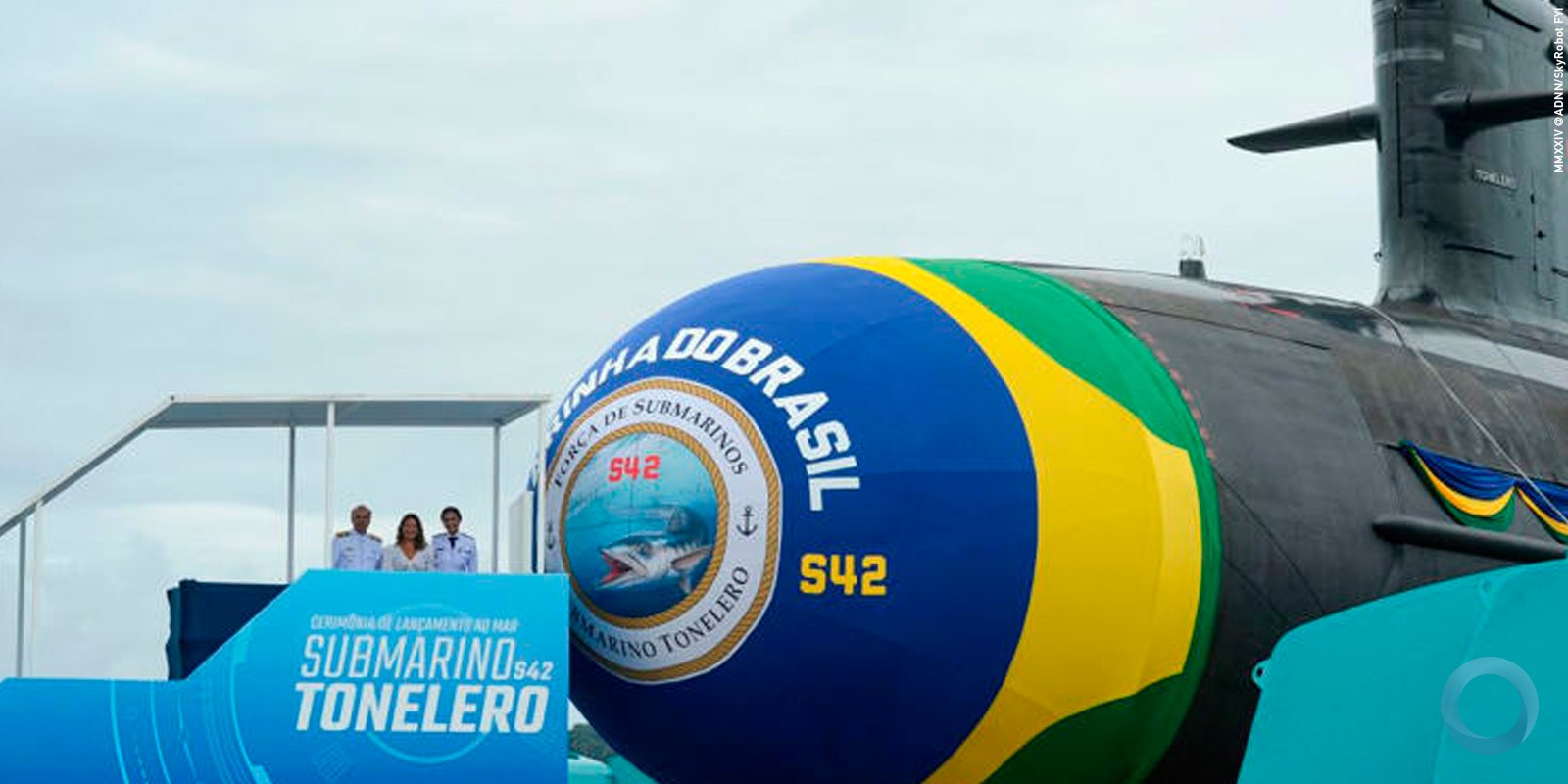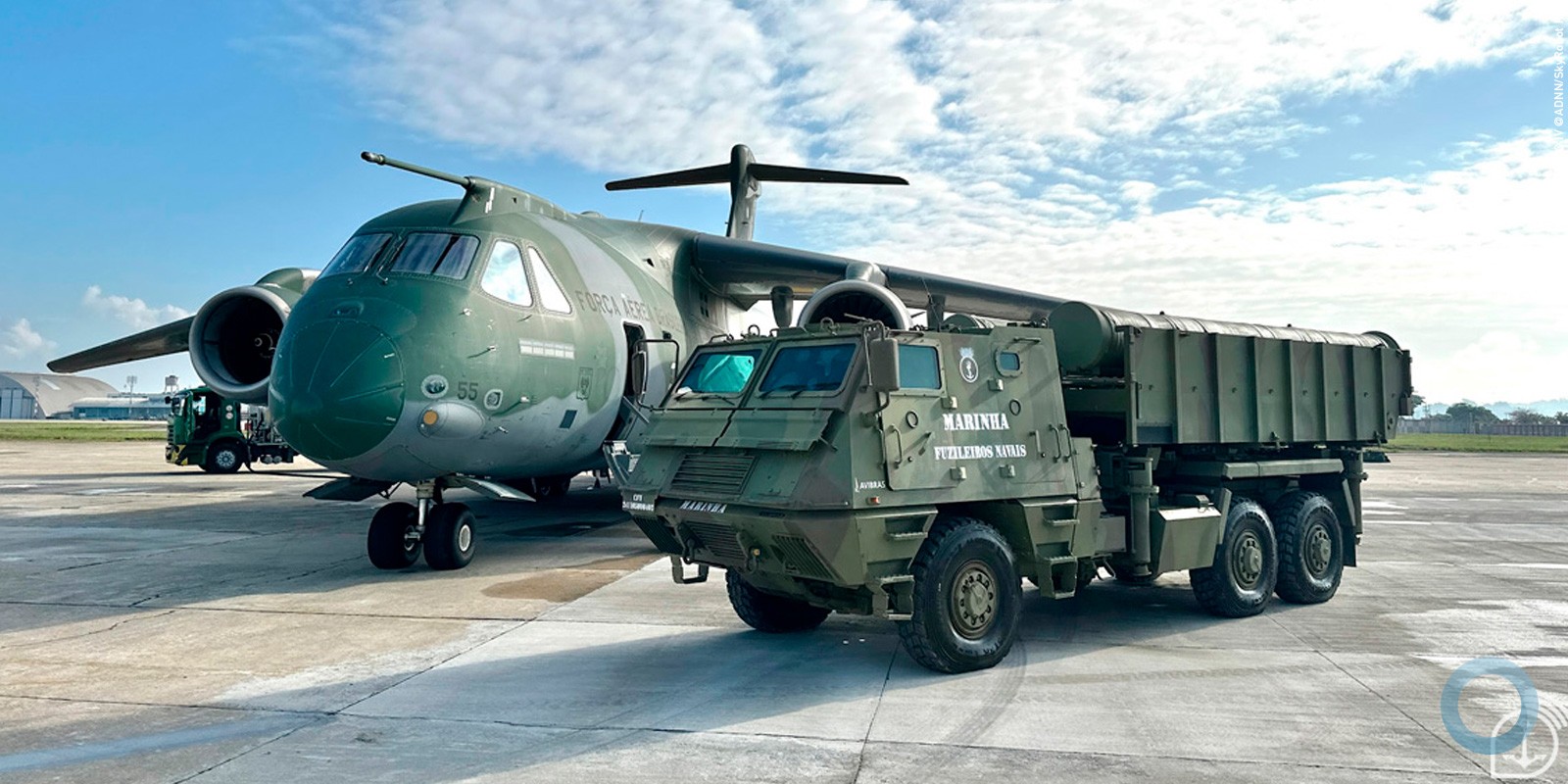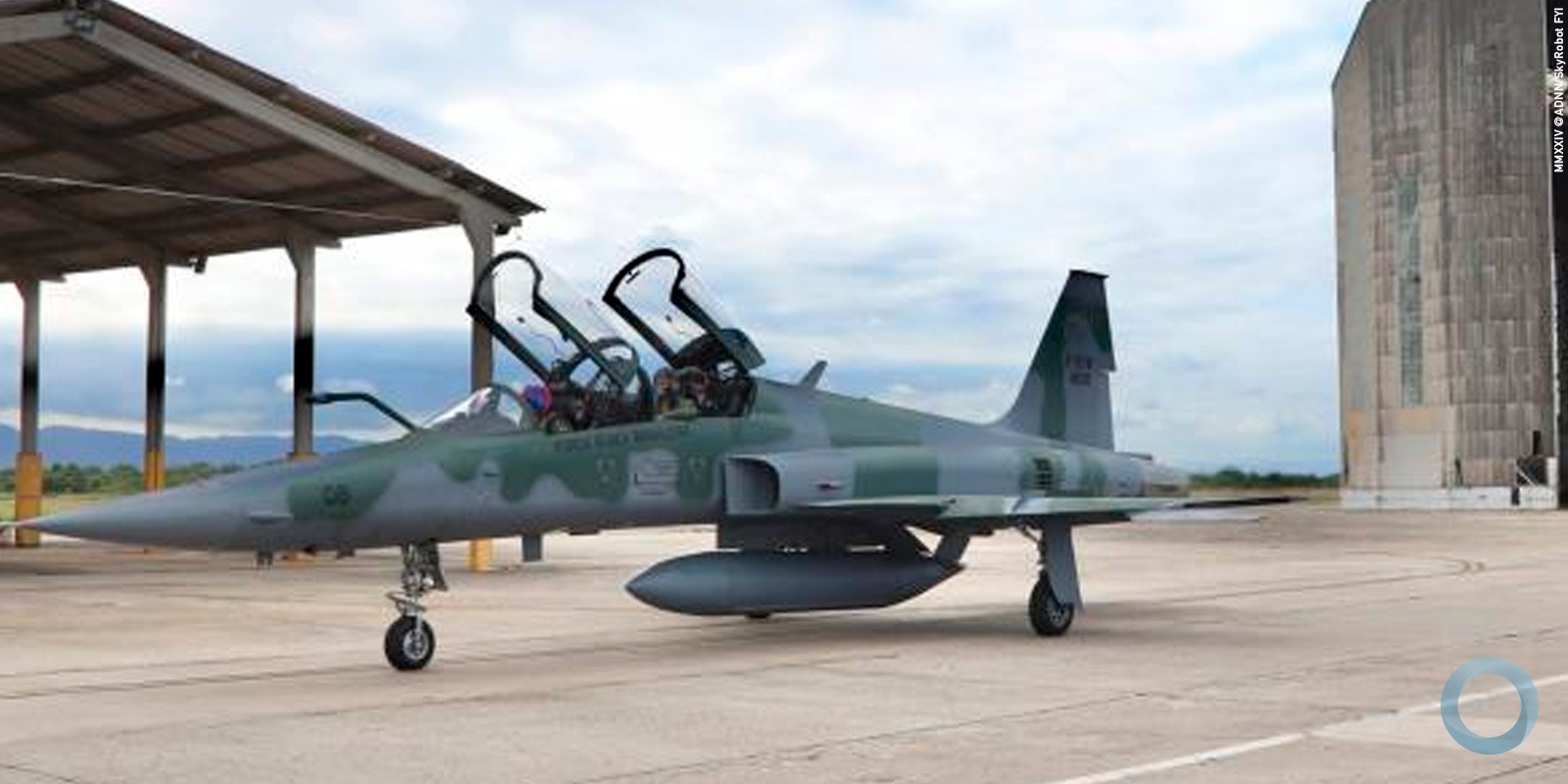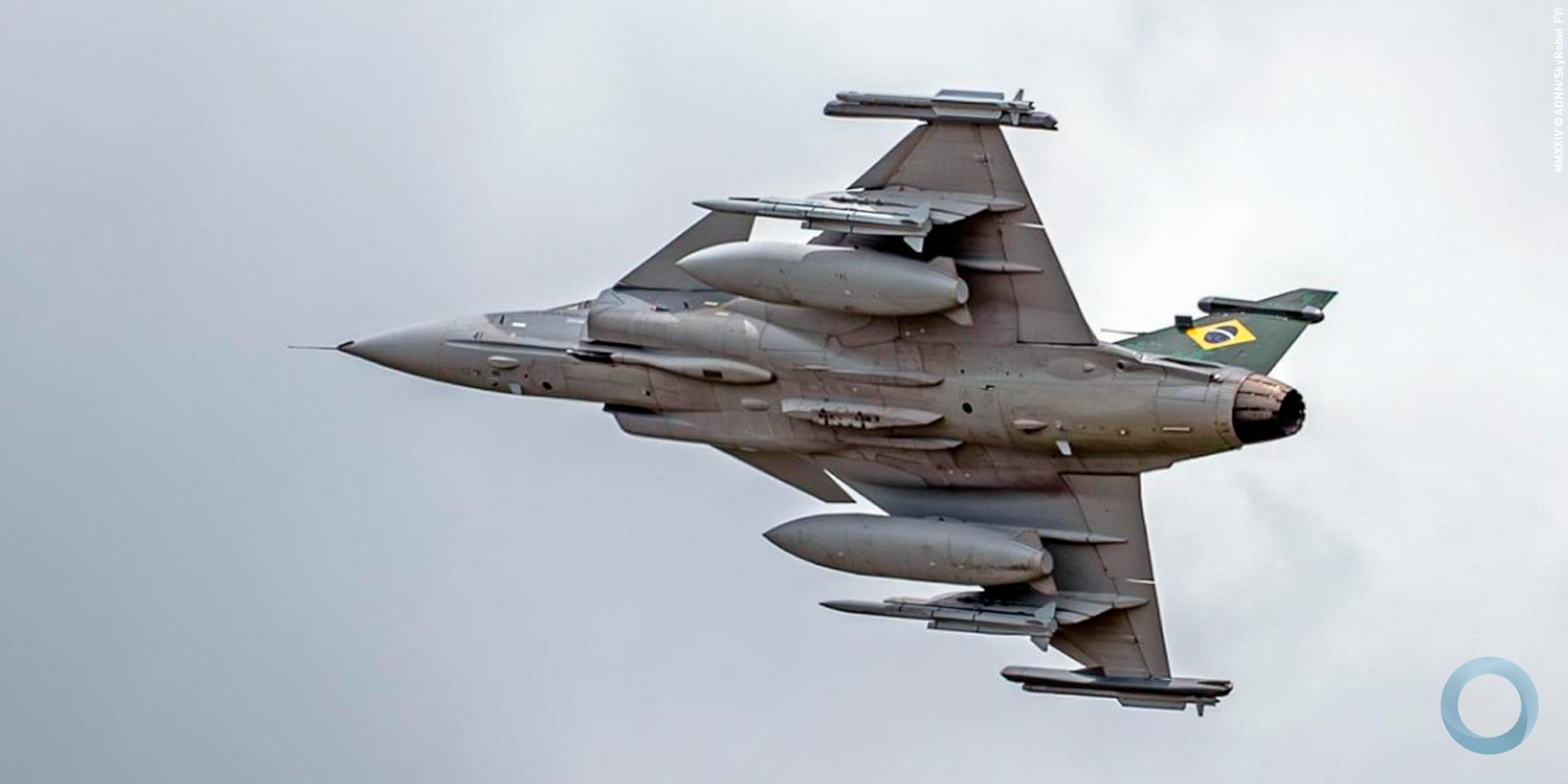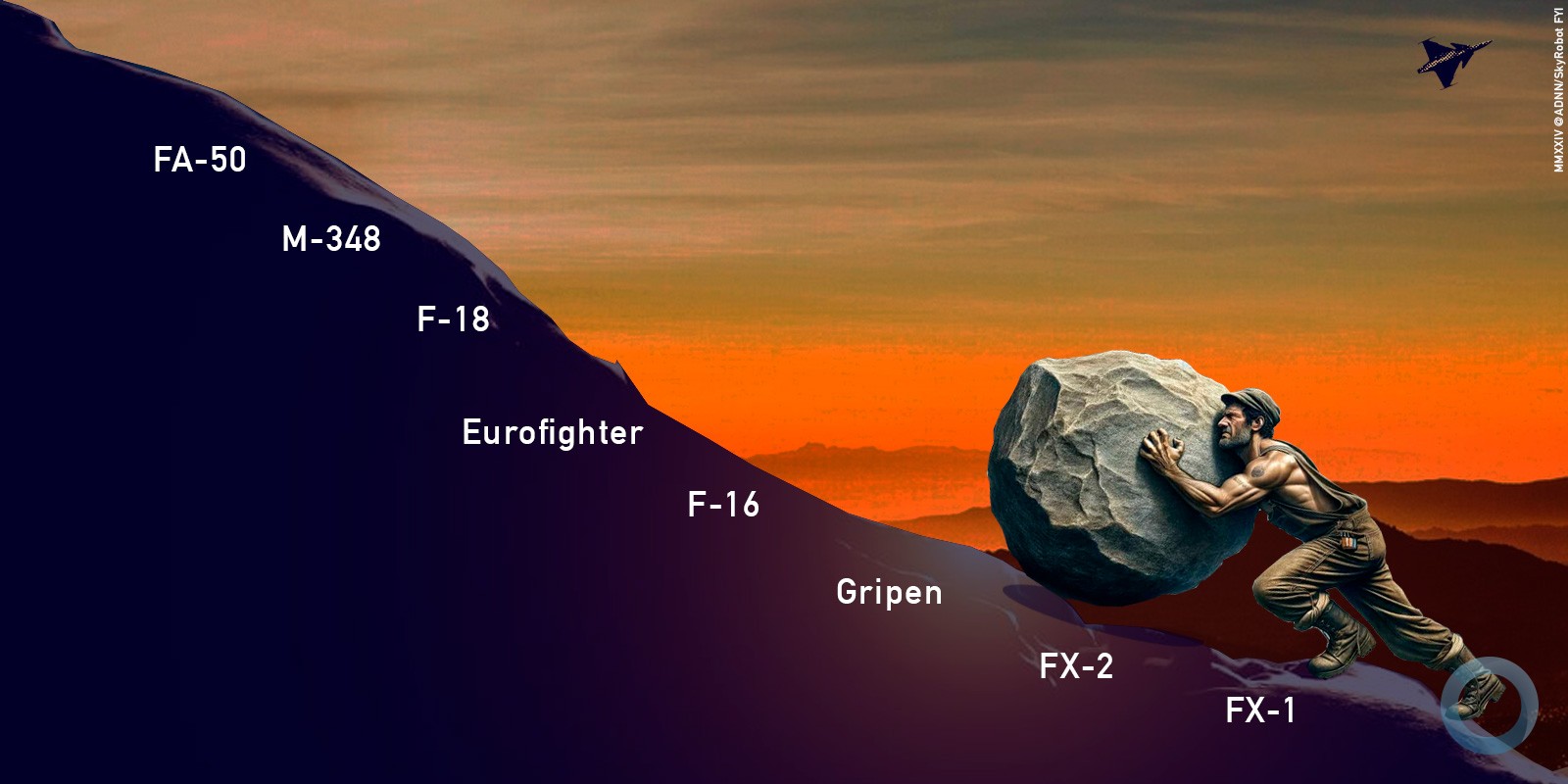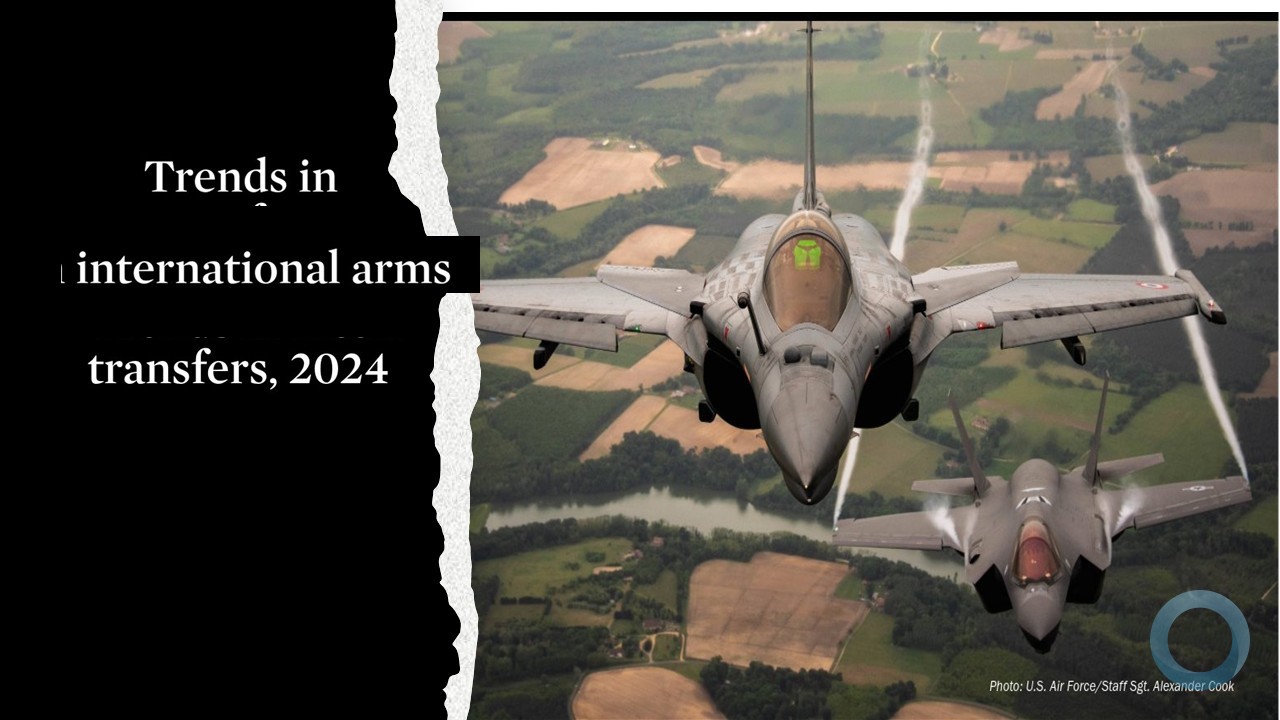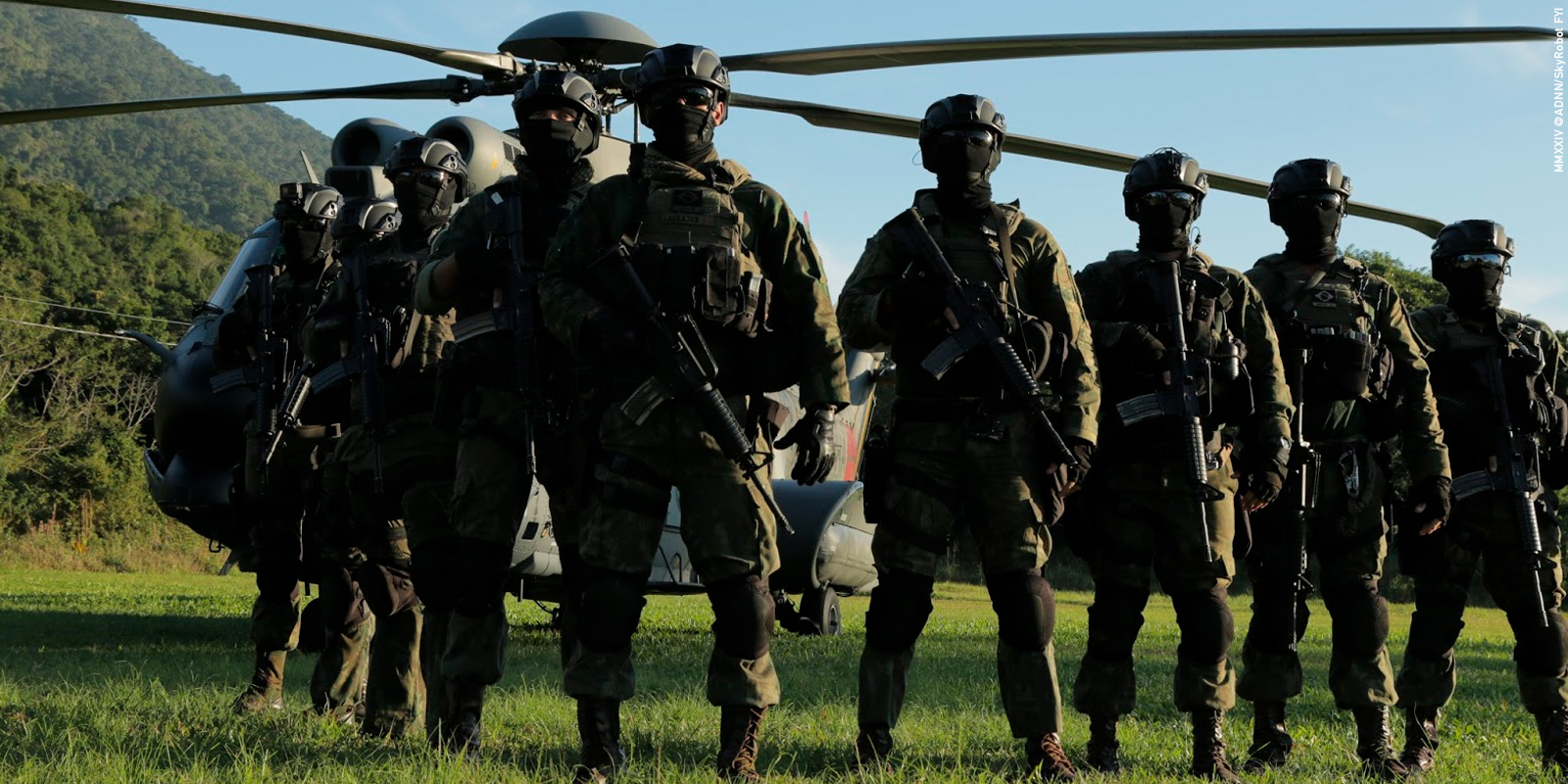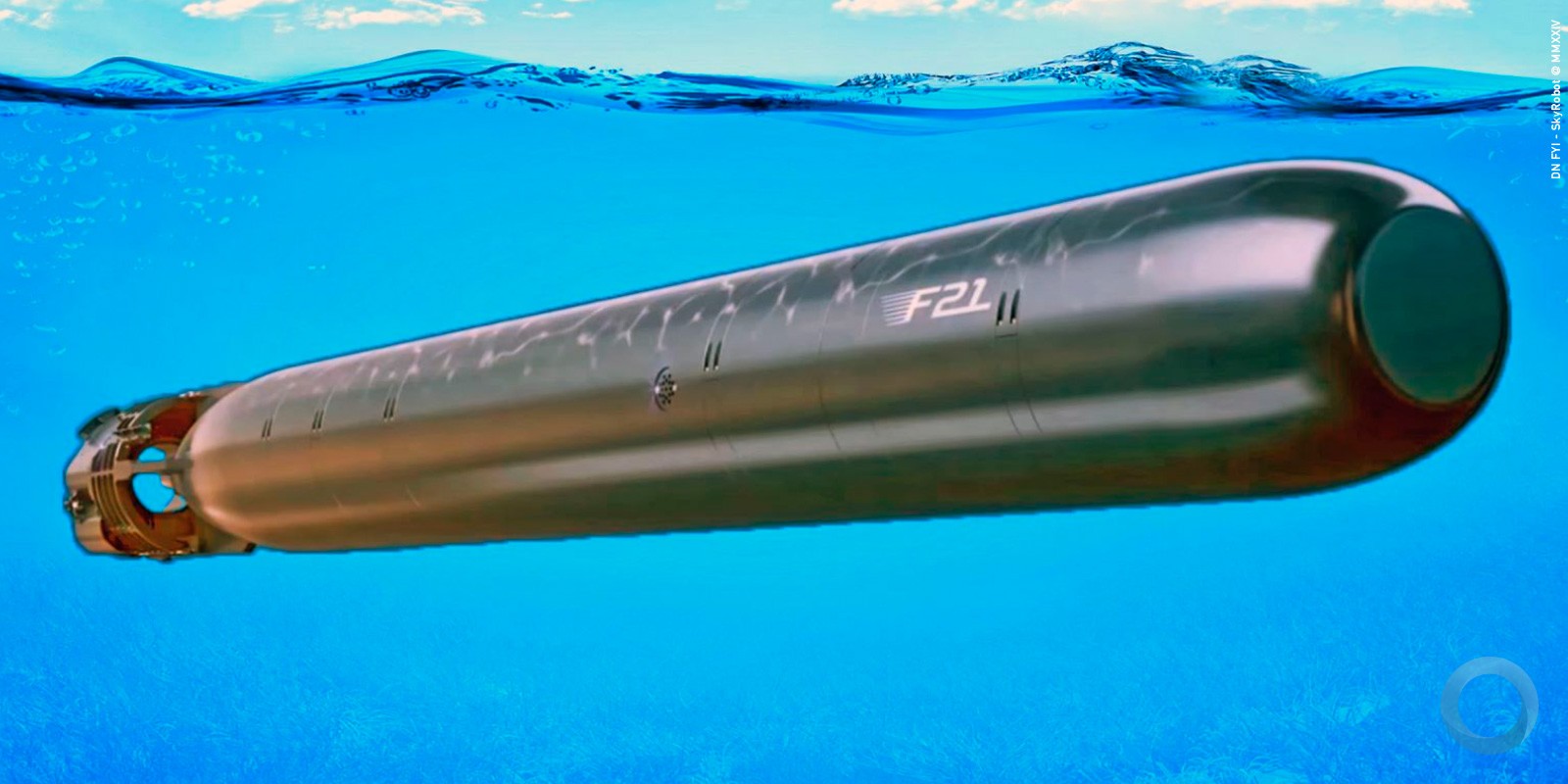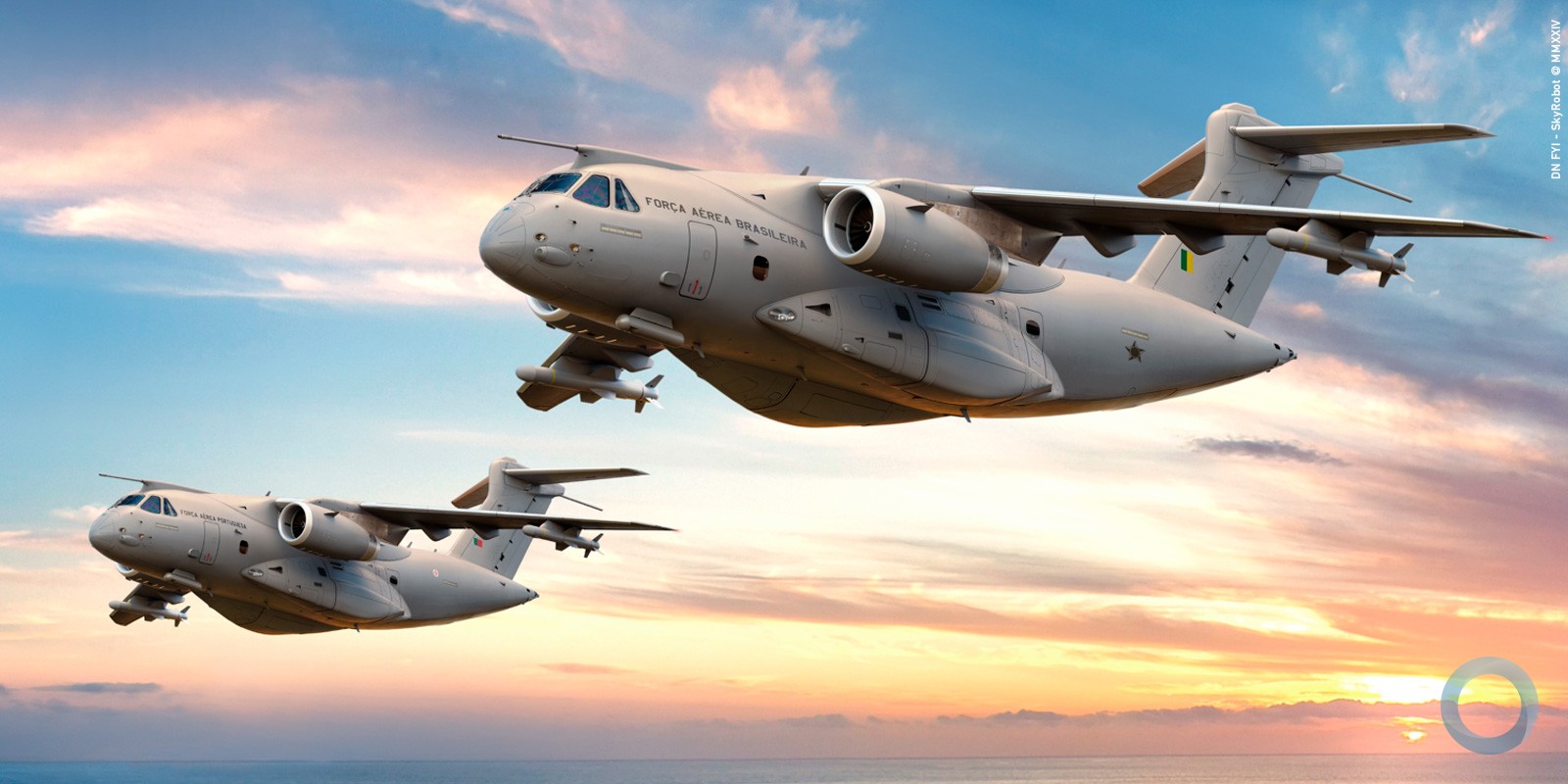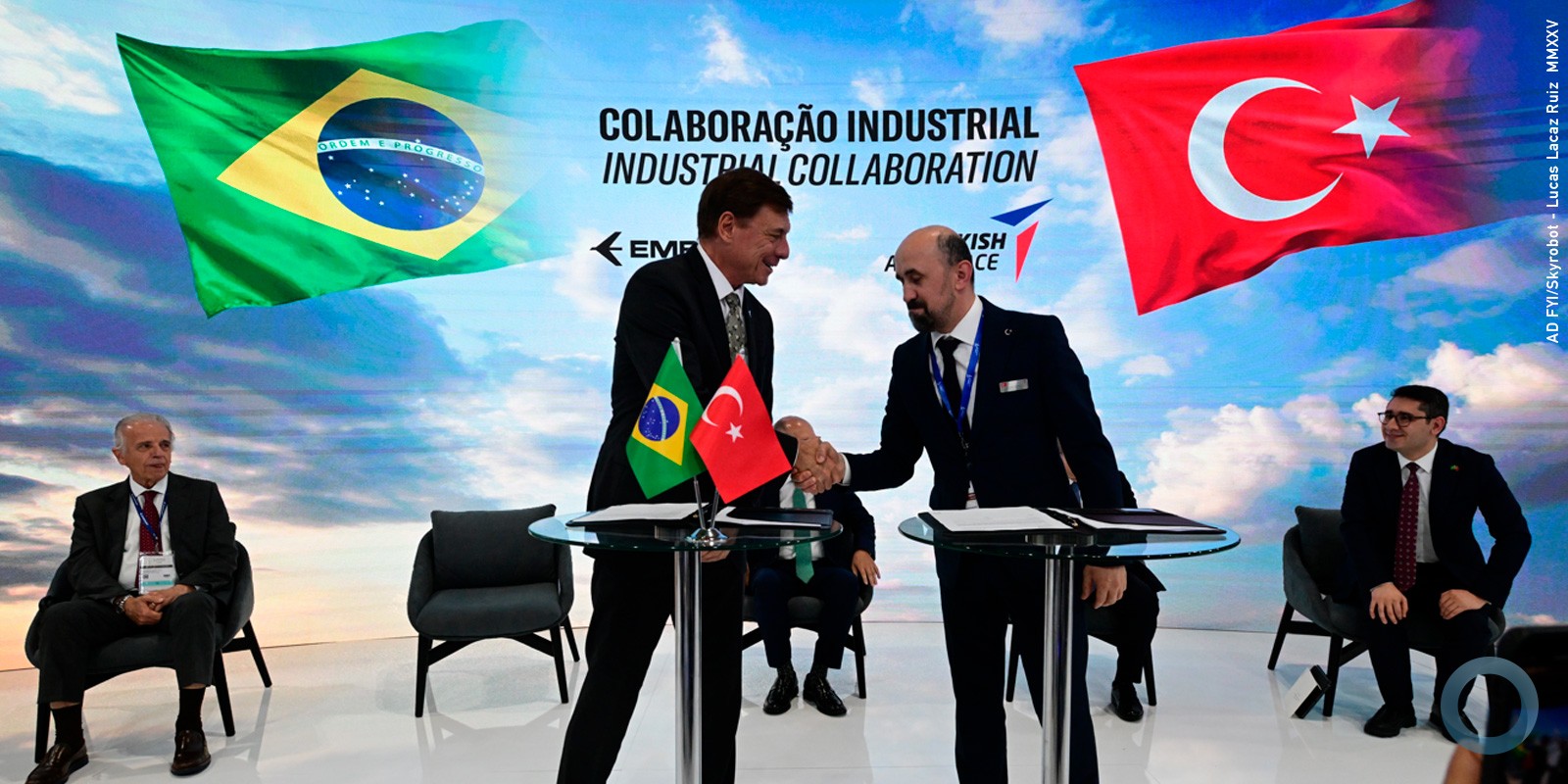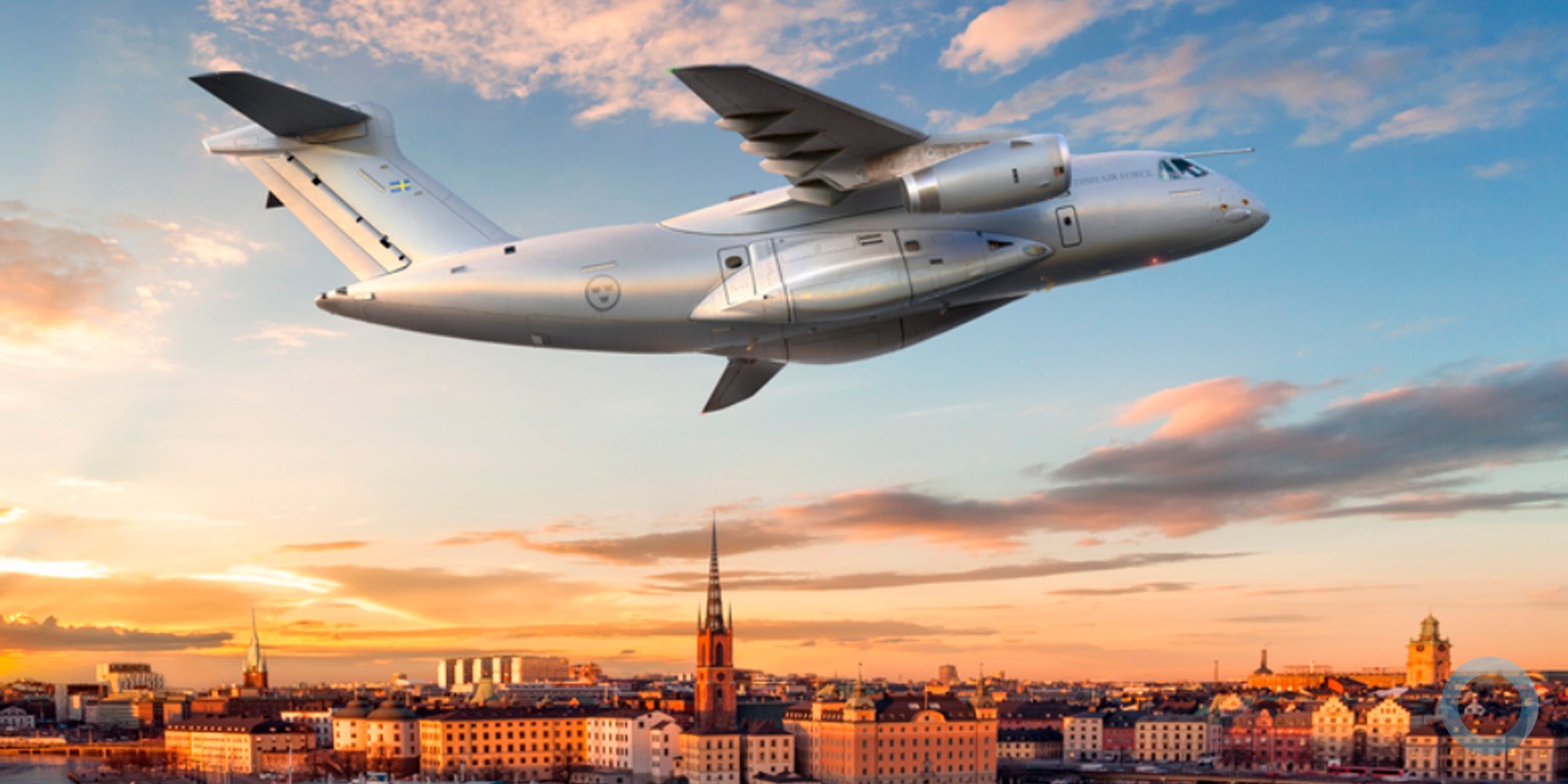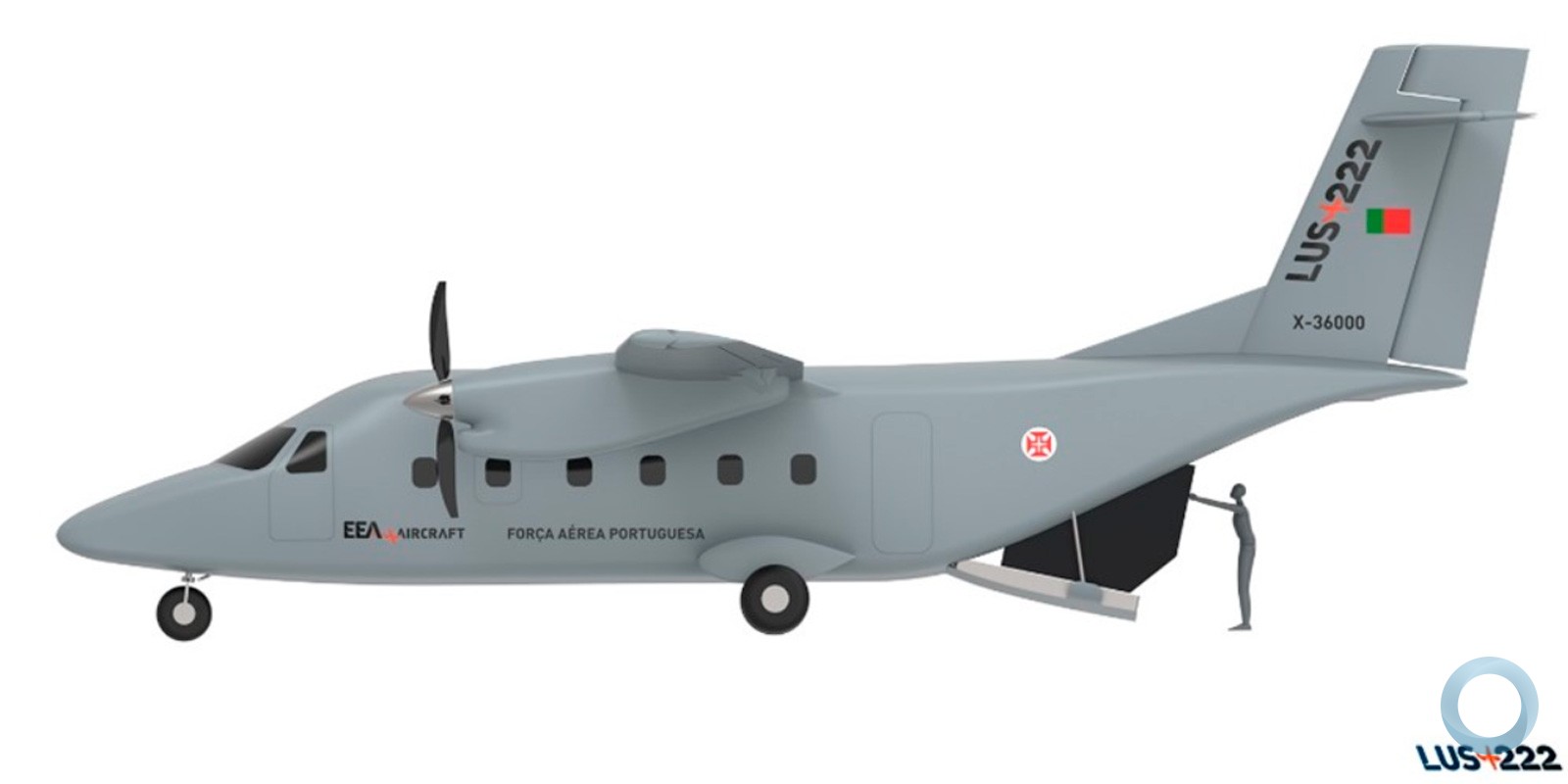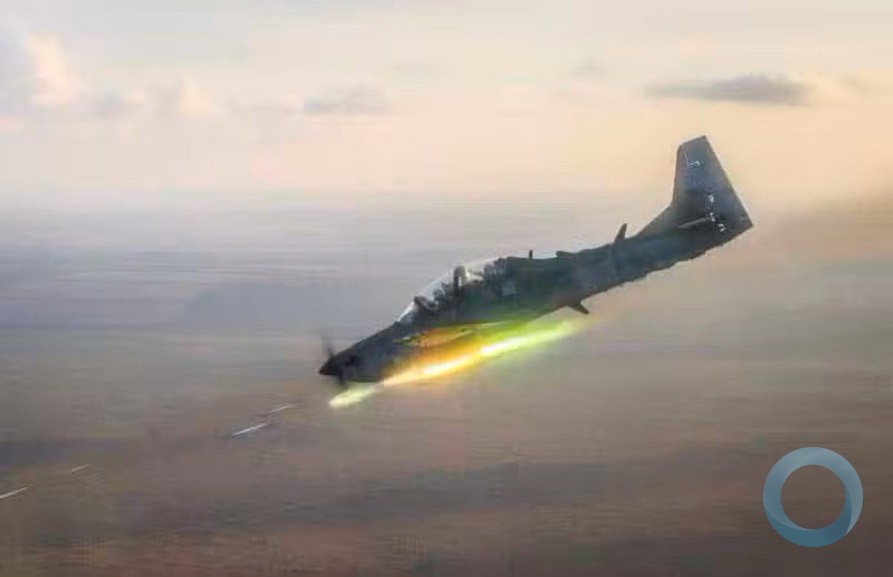Gripen F-39E take off at Navegantes Airport to Anapolis Air Force Base, after arrival checks, from reception from Sweden transport – Photo Brazilian Air Force
Nelson F. Düring
Chief-Editor DefesaNet
| DefesaNet Note Portuguese original text Gripen e Suécia – Os impactos da geopolítica no Programa Gripen e a necessidade de reavaliar The Editor Mensagem recebida da Embaixada da Suécia no Brasil, Brasília DF. Clarification Note received from Sweden Embassy Abaixo as matérias relacionadas a NOTA de ESCLARECIMENTO, tanto em Português como em Inglês. Embaixada da Suécia – Sweden Embassy Gripen – Embaixada da Suécia envia Nota de Esclarecimento Gripen Embassy of Sweden in Brazil sends NOTE of CLARIFICATION DefesaNet Gripen e Suécia – Os impactos da geopolítica no Programa Gripen e a necessidade de reavaliar Gripen and Sweden – The impacts of geopolitics on the Gripen Program and the need to reevaluate Somente em Português – Just in Portuguese Suécia estuda compra do avião brasileiro KC-390 no fim de 2024 por causa de ameaça da Rússia |
The Brazilian Air Force (FAB) purchased 36 JAS 39 Gripen fighters from the Swedish company SAAB. The announcement of the winner of the F-X2 Program took place in 2013, and the contract was signed in 2014, under the president Dilma Rousseff term.
Contract included the joint development and acquisition of the new version of the aircraft, called the Gripen F-39E, a larger and more modern aircraft compared to the Gripen 39 C/D, also capable of competing in the international market as an option to the American F-35 fighter. Almost ten years later, FAB only received 6 aircraft. The Swedes planned to acquire 60 aircraft and sell more than 100 units to Brazil, in different batches. In addition to the joint development project, the fact that Sweden is a neutral country, not part of NATO and not subject to all restrictions on the export of sensitive technologies, which greatly affected the Industrial Defense Base and its operability, weighed in the decision. of the Brazilian Armed Forces.
But nobody could have imagined that in 2014, Sweden’s biggest adversary, Russia, would annex the territory of Crimea and create a proxy war in eastern Ukraine. A red light went on across Europe. The fear of Russian expansionism made neutral countries and those members of NATO even more concerned with their national and collective security, increasing investments in defense, mainly focusing on interoperability and logistical commonality within the Atlantic Alliance.
With the drastic change in the European and world geopolitical scenario, all competitions for fighters in which the Gripen 39 E participated were won by the american F-35. The market for the Swedish-Brazilian fighter has completely closed. Even Gripen users migrated to the F-35, as did the Czech Republic. In addition to the technology of a 5th Generation fighter, the F-35 ended up with very attractive final values due to the high production rate and the increasing number of operators, with the potential to become the main combat aircraft of the coming decades. (DefensaNet Notes – F-35 + 935 aircraft delivered, 17 Air Forces acquired and is operational on 14 – June 1st, 2023 – Source Lockheed Martin)
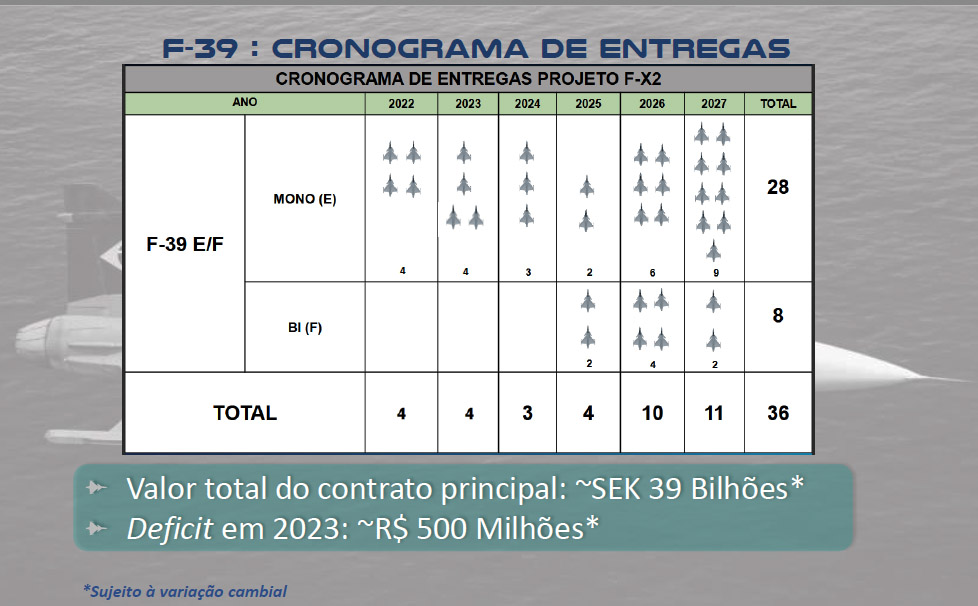
In 2022, Russia launches Special Operation and militarily invades Ukraine. An unthinkable scenario took place. A war of territorial annexation in the heart of Europe, with waves of massacres and war crimes, indiscriminate air strikes against civilian targets in one of the oldest European capitals and the frequent threat of using nuclear weapons against the country that surrendered its entire nuclear arsenal in exchange of protection. Moscow’s insistence on wanting to assassinate a democratically elected president and destroy Ukraine as an independent nation has alarmed the world.
Europe and the civilized world quickly rallied in support of Ukraine. The future of the UN, the European Union, the security of Europe and the viability of the Treaty on the Non-Proliferation of Nuclear Weapons was at stake. The world was on the verge of barbarism again. NATO was reborn and Finland abandoned neutrality and Sweden too. Germany radically changed its arms export policy. Italy, then close to Russia, became one of its fiercest opponents.
None of this was provoked by Ukraine, let alone NATO. It was caused by the expansionist thirst of an imperialist Russia, resurrected and commanded with an iron fist by the war criminal Vladimir Putin, who could not live watching the prosperity of a free Ukraine linked to the West. Kiev, the mother of all Russias, has chosen the path of democracy and freedom, with full integration into the European Union and the values it stands for.
Gripen en #Brasil está generando un impacto positivo en la economía e industrialización del país con +60 proyectos de transferencia de tecnología y conocimiento #offset. El alto gobierno brasilero ha visto lo que representa para el país el Programa Gripen. https://t.co/IVxmU4ppuP
— Saab Colombia (@SaabColombia) May 31, 2023
The Brazilian stance is clearly pro-Russian. Nothing has changed between former presidente Jair Bolsonaro and now Luiz Inácio Lula da Silva. This is not a pragmatic foreign policy, but an ideological one. Bolsonaro was opportunistic and surrendered to Putin’s arms after being abandoned by the leaders of Washington, London, Paris and Berlin. Lula, moved by the blindness of ideology and speaking to his radical wing, is pro-Russian because he cannot accept that Ukraine knocked down Lenin’s statues, banned communist symbols and denounced Stalin’s genocidal terror and economic failure to the world and political that was the Soviet Union.
Sweden and Europe are worried about Brazil. The Swedes don’t want to pursue a strategic alliance with a country that supports their historic enemy and still tries to justify Russian actions by making a victim of the aggressor. At the same time, Brazil is Sweden’s biggest trading partner. Major Swedish companies has plaants in Brazil: Scania, Volvo, Ericsson, Astra-Zeneca and of course SAAB. Europeans know what a matter of national security is and what the pain of war means. This doesn’t even cross the minds of Brazilians, especially their rulers. War for Brazilians is something far away, whether in the past or in the future, a subject for history books and movies. We lack strategic vision. No one wants to see reality so they don’t have to make a decision. The rulers and leaders differ from their subordinates because it is up to them to evaluate and make the best decision. Added to this is the responsibility for the decision taken.
According to industry sources and the Armed Forces themselves, the Swedes have no plan or schedule for incorporating the Gripen 39 E, much less any commitment to acquire the planes, and among NATO countries it is already said that it is a matter of time for them buy the F-35 (Flygvapnet plans to incorporate some systems from the Gripen 39 E into older versions of the 39 C/D). Sweden’s entry into NATO should take place next month. The promise of the Swedes to buy the Super Tucano A-29, as a trainer and now the KC-390 multi-mission transport aircraft were not confirmed and should not happen in the case of the latter. How will the FAB be?
How is it going to support a highly complex and high-technology fighter plane where it will be the only operator? The logistical and operational costs will be unsustainable. Are we going to keep the F-5s flying into the 1930s as the backbone of our combat aviation? And the A-1, an important deterrent tool as it is our main attack vector, a strategic weapons platform that will be decommissioned by the end of the year without a replacement.
Isn’t it time to look for a new option in the market? In addition to realigning strategic positions?
The Armed Forces cannot continue to have their main means of combat older than their four-star general officers. The FAB, always at the forefront of technology, needs to make a decision.
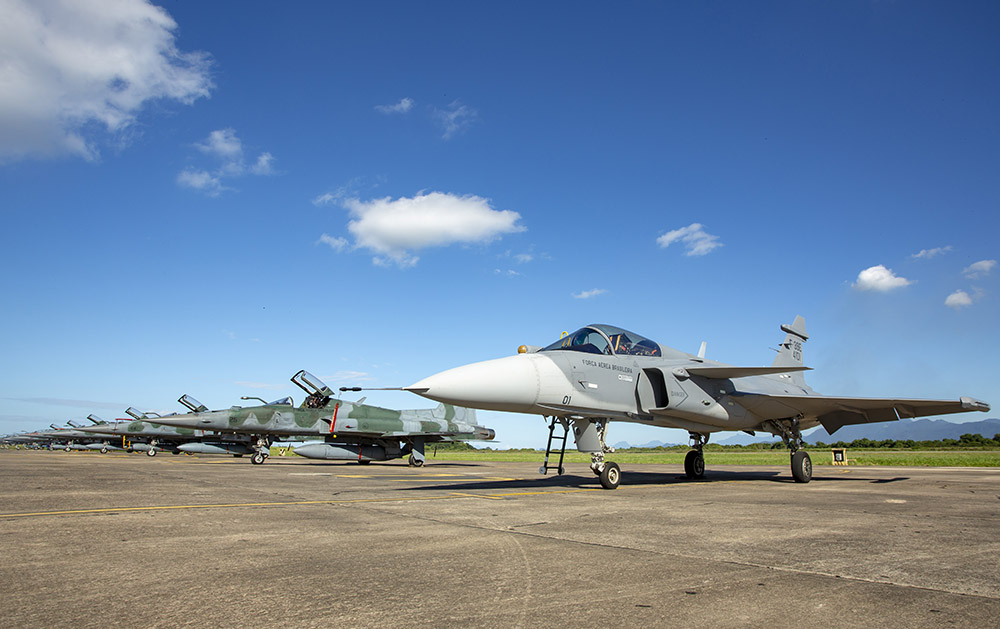
The FAB was not wrong in choosing the Gripen, but the geopolitical scenario has changed and the international security situation as well. Each country and its Armed Forces had to adapt to the new realities, according to their national interests. Now the FAB needs to make a decision, reassess the project, whether to add up to 25% of the contract in new orders, or order a second batch of the Gripen or another fighter to replace the F-5 and A-1.
Now is the time to rethink the Gripen Program and look for new options on the market, whether they are: the F-18, Rafale, F-16, Typhoon or FA346. We need an Air Force equipped with means and capabilities that can fly and train, carry out missions, deter threats and win in any operational theater.
The future of the Brazilian Air Force, as a military force, depends on its combat aviation, mainly on its backbone, which is fighter aviation, otherwise it will be known only as Aeronautics.
This opinion is not a criticism of the Brazilian Air Force, but an appeal. It is urgent to rethink the choices. The world has changed since the Gripen contract was signed. Brazil also needs to adapt to the new geopolitical and security realities. The current situation will affect us directly and we cannot run the risk of being without modern fighter aircraft available on the flight line.
We always need to have a second or third option and a condition to sustain its operation. And more than that, cultivating and maintaining many trusted allies, after all, history has already shown that when it comes to national security, trusting your alliances is more important than having friends.
The American and European message
On May 31, 2023, the United States – European Union Trade and Technology Council (TTC) published a Joint Communiqué. (The full text in English can be accessed here. The part related to military exports, with a translation into Portuguese, can be accessed here).
The continuous declarations of authorities of the Brazilian government, including politicians and the military, only tend to complicate the situation exponentially.
At the LAAD exhibition, DefesaNet’s editor questioned Mikael Franzén, Head of Marketing and Sales in the Aeronautical business area at SAAB, about the changing geopolitical environment and Sweden’s certain entry into NATO. Franzén’s answer, with a flushed face, “was that the company’s commitments to Brazil would remain“.
The United States-European Trade and Technology Council (TTC) meeting to be held in the Swedish city of Lulea is a powerful message. There is the largest military testing field in Europe, where most of the European missile development takes place, and also the most powerful F21 wing of Flygvapnet (Swedish Air Force).
Note that the last major FAB fighter aviation Operational Exercise, with foreign forces, not considering CRUZEX (Southern Cross Exercise), was in 2008. The initial plan was that every 4 years a group would participate in Red Flag inUnited States. The current result is that it has been 15 years without a highly complex exercise like Red Flag.
Worse if Brazil is listed, and everything seems to be heading towards that, in actions to restrict the sharing/transfer of sensitive technologies and operational lessons. A review reevaluete of the Gripen F-39E/F Program is urgent.
“Or will we sit by the wayside, waiting for the devastating impacts of third-party decisions“
